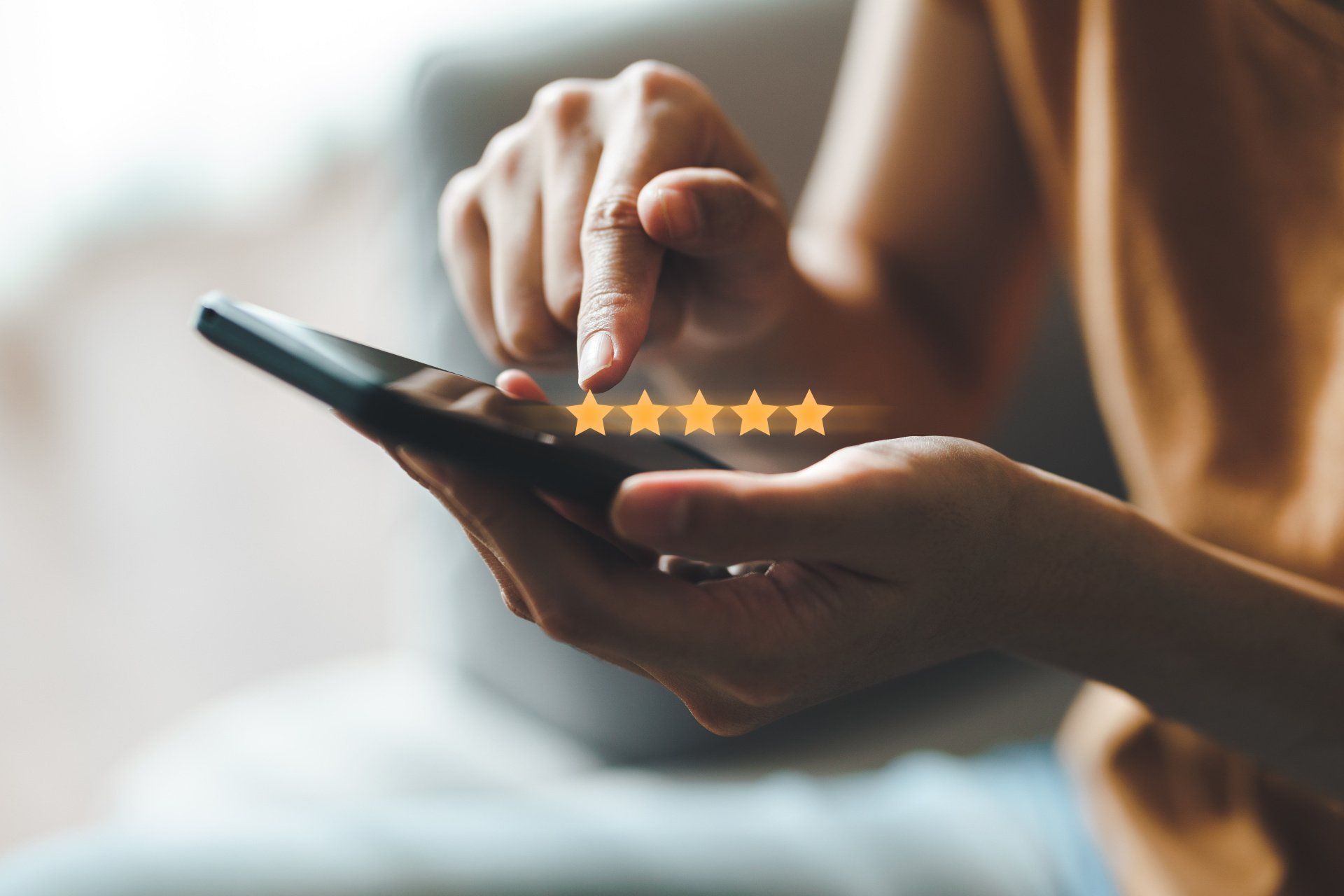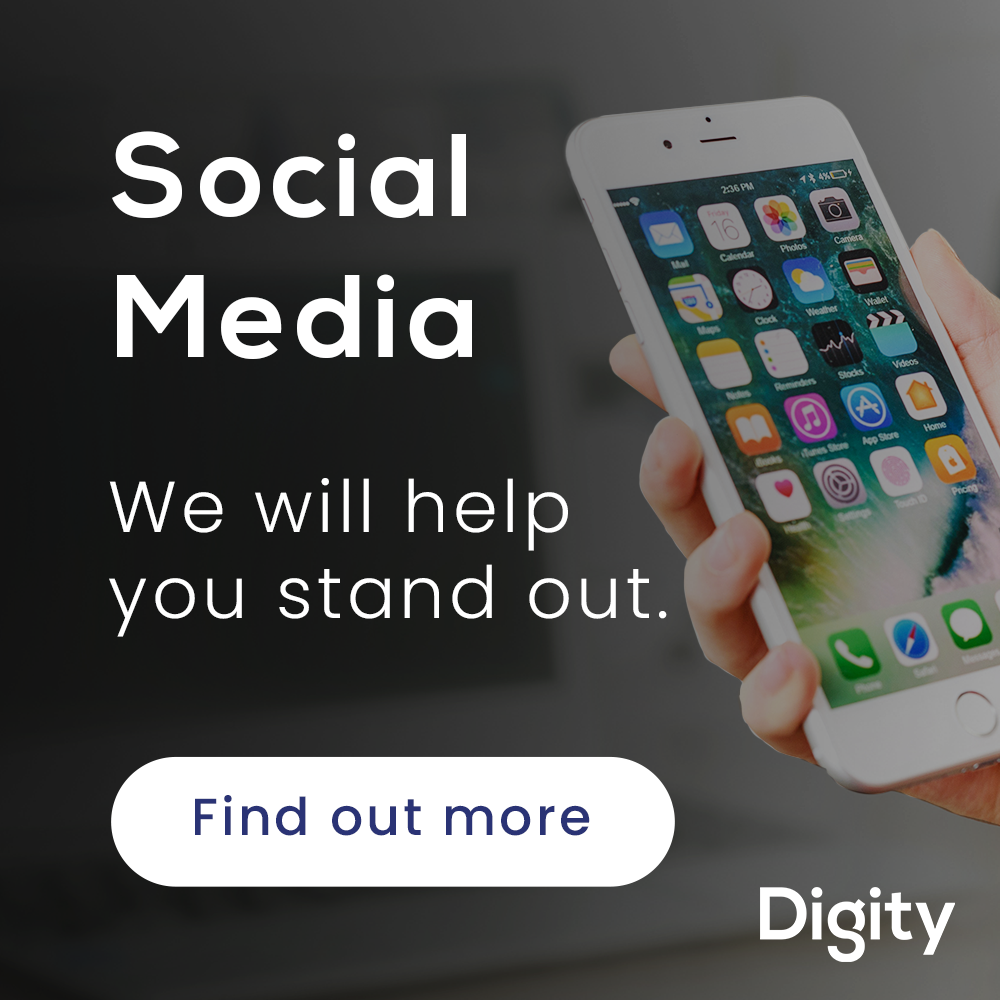Is P2P Marketing the New Influencer Marketing?
Taking a closer look at how it can benefit your business.
P2P (peer-to-peer) marketing is far from new. Long before the rise of social media and influencer marketing culture, consumers have always trusted the recommendations of the people that they know. Be it from friends, family members or colleagues–the power of word-of-mouth has always been valued.
This doesn’t devalue the effectiveness of influencer marketing at all. In fact, it can be a brilliant opportunity to get more reach for your brand and increase sales–if you have the budget for them. Celebrities and macro-influencers in the UK are known to charge upwards of £10,000 for a single post on Instagram, whilst micro-influencers with around 100K followers charge around £350.
With this in mind, small and medium-sized businesses often search for
more accessible marketing methods. Plus, influencer marketing won’t gain as many impressions from those who have more trust in recommendations from people they know. So, P2P marketing may often be a lucrative answer.

What is P2P Marketing?
Peer-to-peer marketing (commonly referred to as P2P), is when consumers make recommendations about products or services to their peers. By using personal recommendations and reviews, P2P marketing is an effective tool for reaching new audiences.
What do P2P and Influencer Marketing do differently?
On the surface, it’s easy to assume that influencer marketing may be the better option for gaining more reach for your brand than P2P marketing. And, to an extent, this is definitely true.
Due to large social media followings, influencer marketing casts a wider net in terms of brand awareness. It’s also extremely quick; displaying an endorsement or a recommendation to thousands of people at the press of a button.
However, P2P marketing achieves a different goal: by tapping into an existing customer base to recommend products or services, it has the potential for much faster conversions.
Essentially, influencer marketing is great for building brand awareness and getting your message out there. However, P2P leverages the power of human relationships, encouraging consumers to take action.
What makes P2P Marketing so effective?
As previously mentioned, word-of-mouth marketing has been effective long before social media. People have always been willing to share their thoughts on products or services–be it positive or negative–making P2P marketing fundamentally useful.
Not only that, but 93% of consumers trust their friends and family above any other source of recommendation–be it from blogs, review sites or social media platforms. In combination with being considerably more budget-friendly, it’s understandable why so many businesses turn to P2P marketing over that of influencers.
How do you start Peer-to-Peer marketing?
The hope is the same for every product or service: that it will be so incredible that customers can’t help but recommend it to other people. Unfortunately, no matter how wonderful your offering, a recommendation isn’t always guaranteed.
Here are 3 methods to organically prompt P2P:
1. Always ask for reviews and recommendations
You know what they say: ‘you don’t ask, you don’t get’. And this very often applies to this scenario: after a transaction, many customers are happy to go along with their lives and won’t think to consider leaving a review or recommending your brand. So, simply leaving a reminder to do so is always a good idea.

2. Carry out NPS surveys to gauge your customers’ satisfaction
In order to increase P2P marketing, understanding how your customers feel about what you’re selling is crucial. This can be easily measured by asking Net Promoter Score questions such as:
“On a scale of 0 to 10, how likely are you to recommend us to a friend?”
By finding out your score, you then have the opportunity to bump it up. Is anything preventing your customers from recommending your product or brand to their peers? If so, this can be found out and addressed.
3. Incentivise referrals and recommendations
Offering your customers discounts or freebies is a great way to secure a referral, as everybody wins. Interestingly, the mistrust some people have towards influencers due to the fact that they get paid isn’t applied to a recommendation from a peer. They still trust that person’s opinion due to their existing relationship, so a discount or freebie won’t deter them from buying.
On the contrary, there’s actually an added layer of trust here. After all, a customer is unlikely to give a false recommendation to secure a discount for a brand that they don’t actually like, or that wasn’t right for them. Therefore, peers receiving these recommendations may actually be swayed even more to invest in your product or service.
So, is P2P marketing a good strategy?
In short–yes it is. There are many reasons why P2P marketing is on the rise in the same way that influencer marketing once was. And there are lots of great ways to start using it to your brand’s advantage, if you feel that it’s right for you. Whether you choose to invest in P2P marketing or not, just remember that it’ll only work as well as part of a
killer overall strategy.
At Digity, we have all the tools required in order to deliver exceptional digital marketing services to a wide variety of clients. Find out more by visiting our website now.
This blog post was written by:
Find out more
If you'd like to see how our team can help your business, get in touch:




